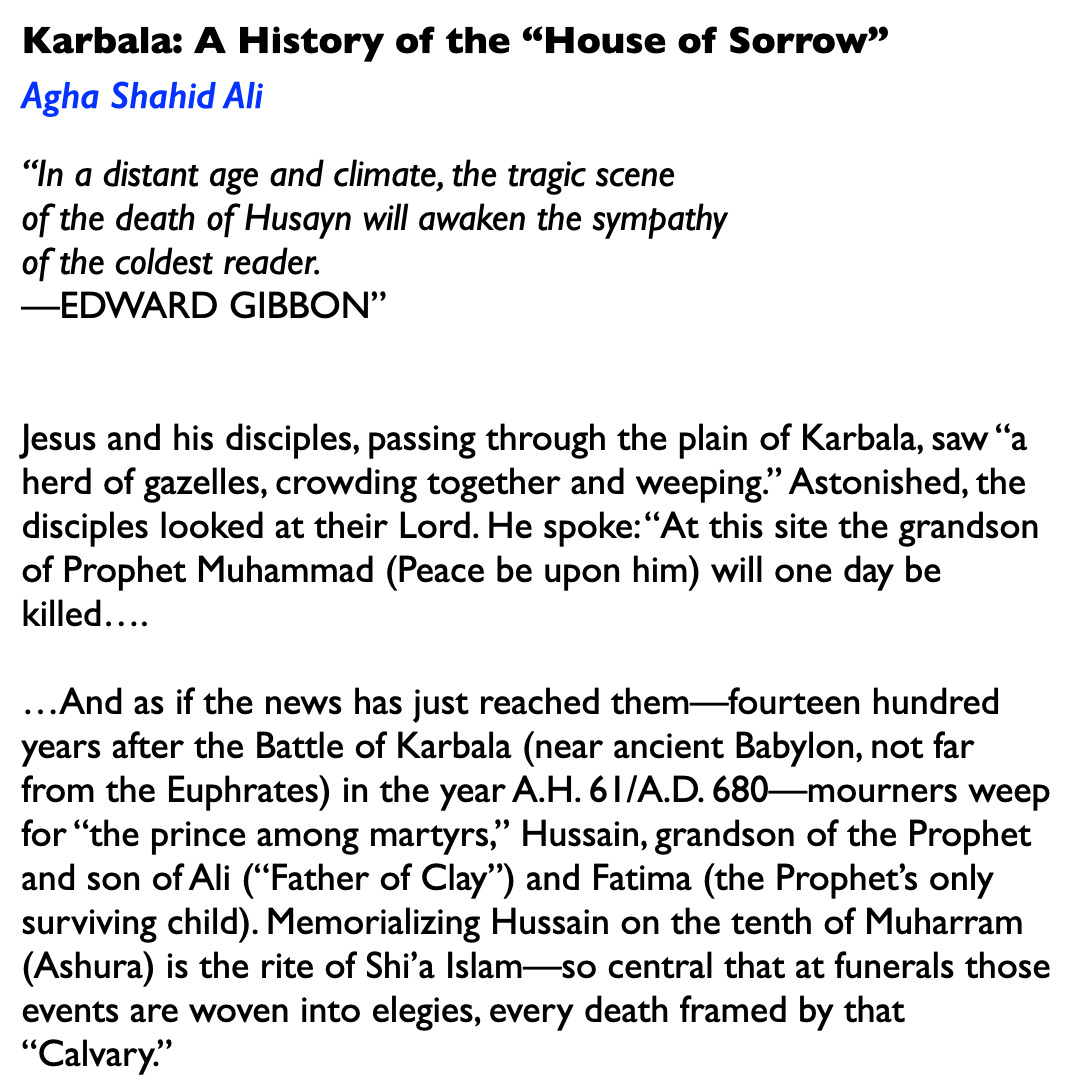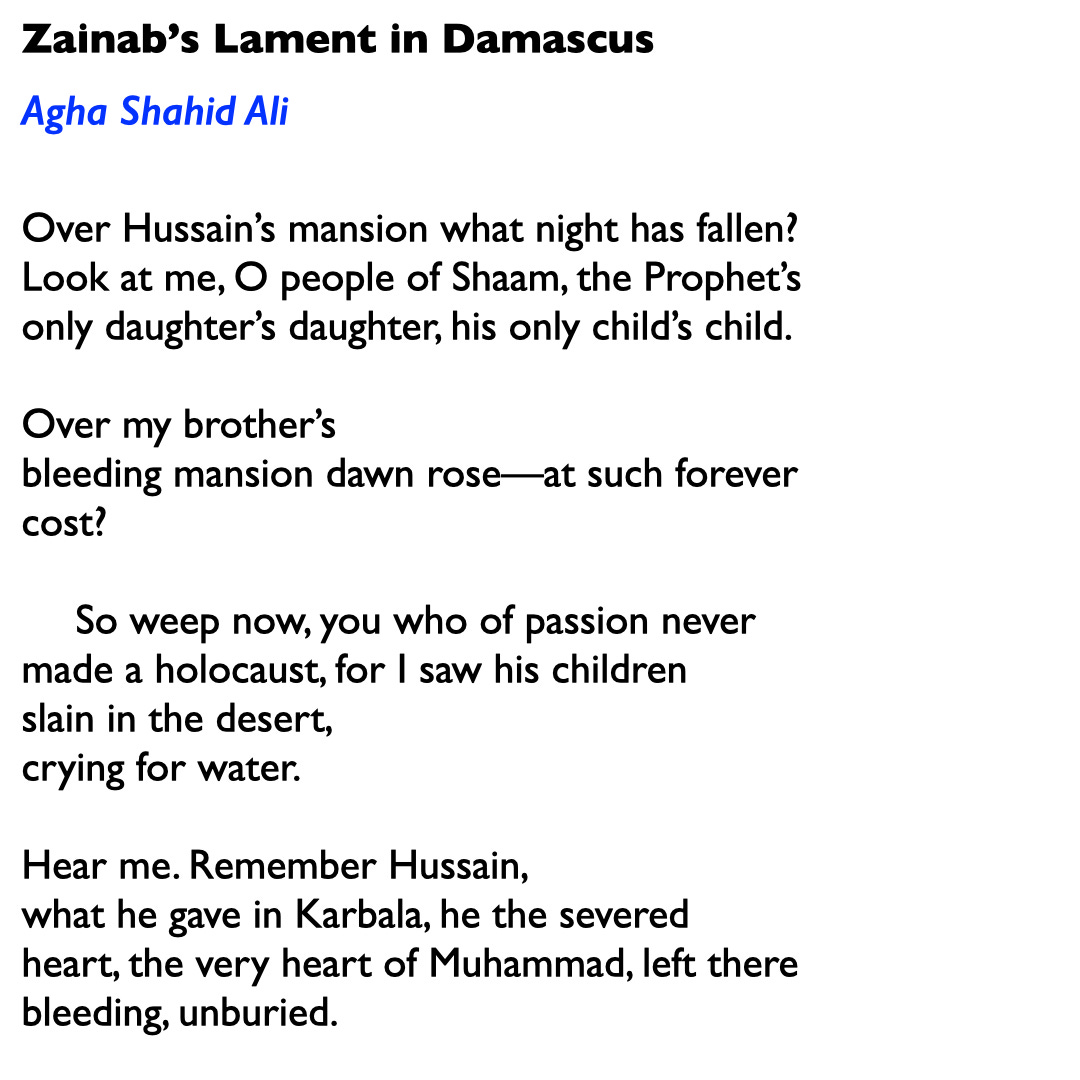I stay in a colony which is historically a Hindutva stronghold. I found this out only after I moved here close to a year ago. The signs were obvious, and I started noticing them soon enough. Every morning, during my cycle ride, I saw RSS shakha training taking place in a park in the colony, complete with a garlanded photo of Savarkar. The khaki shorts had grown longer, and young boys were swinging their batons, in testosterone fuelled yells. Saffron flags fluttered in poles and angry Hanumans adorned many of the vehicles. A friend told me a story about residents of the colony attempting to get rid of a Kashmiri family alleging that they were “harbouring terrorists”. A mob of 30-35 people from the complex had turned up to beat the young daughters of the family when they were out, in a bid to “protect their homes”. Their absurd hate filled rumour mongering cast aspersions on the family claiming that the mother was feeding several dogs in the colony in the event that they won’t bark or alert the locals when ‘terrorists’ enter the colony slyly. I am not going to get into the twisted, xenophobic logic of this allegation. Fortunately they were unsuccessful, and there was political intervention, since the family had some social and cultural capital and was able to garner support through prominent political figures, and fight back. I do not know where they are now.
Some time back, to my surprise, I saw this colony featured in Lalit Vachani’s documentary “Men in the Tree” which was a follow-up to his “Boy in the Branch”, a bold, critical work about the indoctrination of young boys in a branch of the RSS. (If you haven’t already seen these works, they’re highly recommended - I have added the youtube links here). I have revisited these films again and again in the last few years trying to understand the seeds of the fundamentalist wave that has become normalised through the country. In “Men in the Tree” the local RSS branch’s training sessions (in the same park I mentioned earlier) were filmed showing different generations of men, including mentors and disciples playing the “Great Hindus Name Game” - where they recounted and learnt names of Hedgewar, Savarkar, Laxmibai and even Bhagat Singh. Stories were shared of how these figures held up the flag of the Hindu Rasthra, in one fell swoop of appropriation and invented tradition. In another scene, RSS workers went door to door in the building right next to mine (many years ago) spreading propaganda material about the RSS, and seeking to quell myths about the “false rumours” of violence and communalism that the RSS stood for. The workers were welcomed with open arms in each home, with a couple of the households saying that they were already a part of the organisation.
I had been thinking about all this in the past week when suddenly, in the terrace above my flat I saw a huge Tiranga hoisted on the terrace. My landlord was doing his duty. Over the next few days, each building in the colony had a flag on the terrace. Just this morning, the committee had finished building a plinth and planted another huge flag right in the central area of the colony, next to my house. Please note, the entire colony has been dug up, and there are maintenance issues, but this piece of handiwork has been done in record time, with the best of resources.
In this great hoax of the “Azadi Ka Amrit Mahotsav”, flag sales have skyrocketed and this spectacle of symbolic patriotic fervour is standing in for real administrative and affirmative policies. This is nothing new, of course, but I feel I must put it down, just so that I can remember the various points in the optics of jingoistic fervour.
I saw in the last couple of days contrasting pieces of news about Kashmir trending. Amidst military presence and restrictions, Muharram processions were banned in several areas and many young Muslims were detained by the police. But not to worry, the soul of the nation is well protected, because there were several posts (by known right wing handles) featuring images of the flag flying high in the remotest corners of Kashmir via Har Ghar Tiranga. The news of Israeli bombing in Gaza and Israelis entering the Al Aqsa Mosque, protected by Israeli forces, was also a deeply disturbing coincidence on the days of Muharram.
Today being Ashura (the 10th day of Muharram), I went back to one of the myths surrounding Muharram, and the reason for the communal togetherness in a grand act of mourning and repentance. This story, that I have only shared in excerpts below, has been penned by one of my favourite poets, Agha Shahid Ali. It is an impassioned narration of the massacre of Hussain and his people.
How darkly ironic this tale about tyrants and fascist powers, and a deadly massacre in the context of the news stories of the contemporary world. The story comes to us a lesson, and the festival marks a contemplative period of mourning, providing spiritual space for the transformatory practice of grieving, finding love and community, and seeking ways of strengthening our bonds and our resilience.
Having been taken as prisoner to Damascus, Hussain’s sister Zainab laments her brother’s death in another poem by Agha Shahid Ali. Her cry rings across the ages, asking us to wake up to the atrocities humans visit on each other.
World, weep.
The image of that dark night fallen on the house of Hussain is haunting. Shahid conjures up the pain of this momentous uprising, this attempted defiance, and the massacre, in all its gory violence and tyranny (not very different from the political violence we are seeing in the news), through the figure of Zainab whose shrill call of witness resounds through time and space. It reminds me of Neruda’s triple evocation of Come and See the Blood on the Streets, that I featured here during the anti CAA agitation in December, 2019.
I mean, not to cast a shroud, but to share a somewhat informed perspective (one facet), a kind of emotional heft that comes with the transmission of knowledge, and narrative. In reading the stories of conflict and death, and in connecting them with my own political reality, and in seeing spaces where friends find comfort in community during Muharram, I am able to form a meaningful response to the time. The emotional undercurrents that bind entire peoples are built on the foundations of stories of resilience, solidarity and shared trauma. The work of processing this grief through stories and shared mythologies, is part of being human in these complex times. This simple sharing gives me a bridge with which to meet others, with dignity, respect, compassion and empathy.
If the poetry and the commentary resonate with you, do consider ‘buying me a coffee’.
—
Note: Those, not in India, who’d like to support the work I do at Poetly, do write to me - poetly@pm.me. (Apologies, I will figure out international payments soon)
Share this post
Thanks for reading Poetly! Do subscribe if you are not reading this in your inbox. Cheers!








